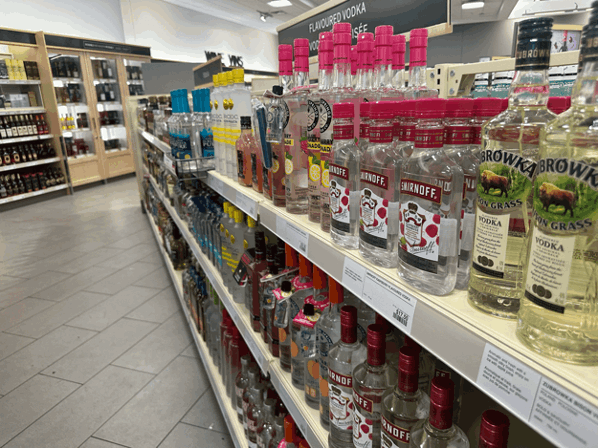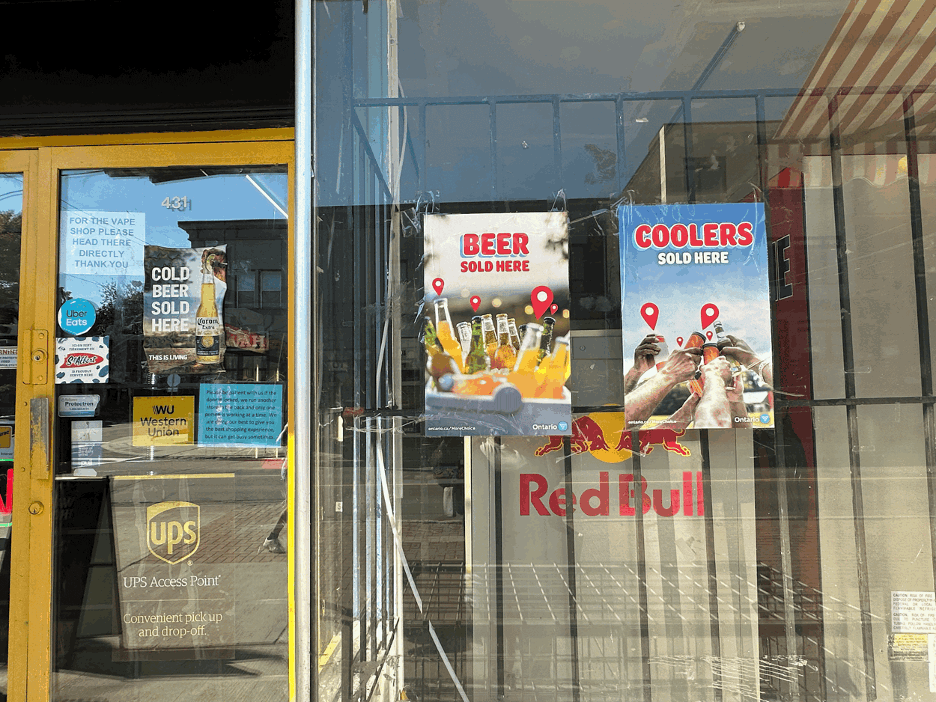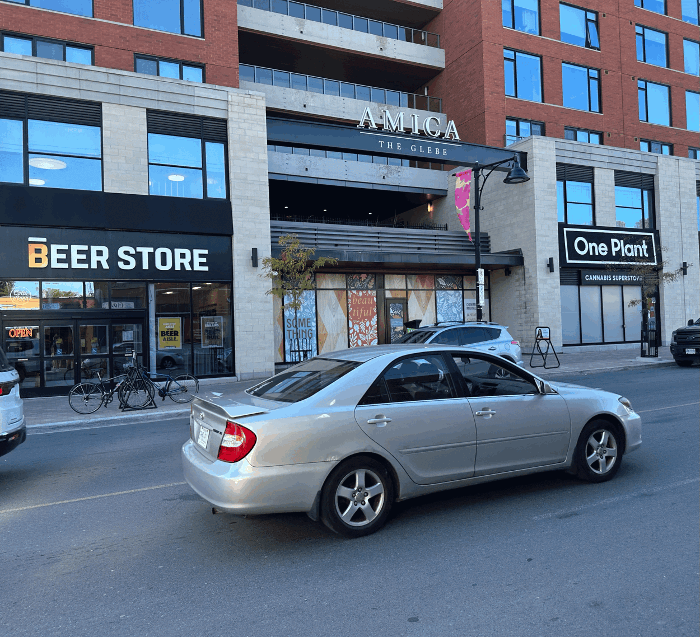
Caitlyn Seneviratne has been regularly consuming marijuana for the past four years. She noticed that since the legalization of Cannabis products in 2018, not much has changed.
According to Capital Current’s analysis of Statistics Canada’s August 2024 Consumer Price Index data the price of cannabis is relatively stable while the price of most other drugs like it, such as alcohol, goes up around 2 per cent each year.
Some university students, much like Seneviratne, believe that a normalization of alcohol in comparison to cannabis has played a role in the discrepancy between both product’s prices.
“I believe there is a prevalent stigma around cannabis,” said Seneviratne. “I believe some of that stigma stands true such as health and development stigma. Though people who use cannabis should not be labeled as deviant and lazy as many people that use cannabis in harmony with their daily lives.”
Because of the stigma surrounding cannabis, the consumption of weed, in Ontario, has remained stable, but students and young adults turn to alcohol.
Melissa Hadcock a third-year student agrees that cannabis’ reputation has been tarnished amongst her generation.

“In public arenas you’re still not allowed to smoke, which is understandable because it’s indoors, but at a football game, why can’t someone smoke as much as they would drink? It’s definitely still stigmatized,” Hadcock added.
Seneviratne, is also licenced to sell marijuana in Ontario. For a while, she’s seen first hand the stability of pricing. “[The price of] cannabis products is determined by both laws surrounding price per gram and producers and wholesalers.”
The prices of alcohol, much like the price of everything else, is increasing. Weed prices are going in the opposite direction. Capital Current’s analysis shows that recreational cannabis has been slightly lowering over the last few years.
“We weigh the potential cost in terms of health,” Says Roderick Phillip, professor of history of alcohol at Carleton. “I think that we don’t know enough about the long term risk of cannabis use, but we do know the risk of long term alcohol use, and it’s not good.”
He adds that inflation should be blamed for prices of consumable drugs, like weed and booze going up because “inflation affects everything, the price of bottles have gone up, glasses, corks, labels, it’s all gone up.”

With LCBOs and other liquor stores across the country allowing those of all ages to enter the store despite the drinking age being heavily regulated, they have a noticeable difference with dispensaries around the countries.
“It’s sold in grocery stores, Walmart so it’s more sold to industrial companies whereas you have to get weed by yourself…it’s easy access,” says third-year student Rayne Reid.
Legal consequences for driving under the influence of either alcohol or marijuana are similar. However, the popular perception of the two is different.
“I have been in the presence of someone driving under the influence. Regardless of people’s tolerance, I still would say do not drive high. Cannabis especially with high THC can affect your mind and body, driving under the influence can be harmful,” said Sarah Arian a regular cannabis consumer.
Capital Current’s analysis shows that a lot less drivers are caught driving high than the ones driving drunk.
This can either be attributed to drivers being more hesitant to drive high than driving drunk or high drivers in somewhat equal numbers to drunk drivers simply being caught less often.
“I have seen and been around someone under the influence while driving,” Said Seneviratne. “It is particularly common because some cannabis users believe they hold more focus when under the influence.”
Whether what Seneviratne hears as a justification for driving high is true or not, Canadians are far more likely to be caught driving drunk than driving high.
Seneviratne has been smoking since before she was of legal age to do so. Meaning, for a while, she didn’t have access to dispensaries or other legal marijuana distribution centers.
“To purchase it underage you would have to go through illegal channels such as dealers,” She said. “At 17, I was introduced to my first dealer who would post products on a snapchat story and deliver products via cash exchange. Then compared to now, the cannabis I was given was not up to Canadian legal code and the percentage of cannabis was higher than the legal amount.”
Although price plays a role in her decision making, Seneviratne lists many other factors when picking her poison.
“When purchasing cannabis products I definitely factor the price, alongside THC/CBD percentage as well as its form to cater to the occasion I am purchasing for.”




